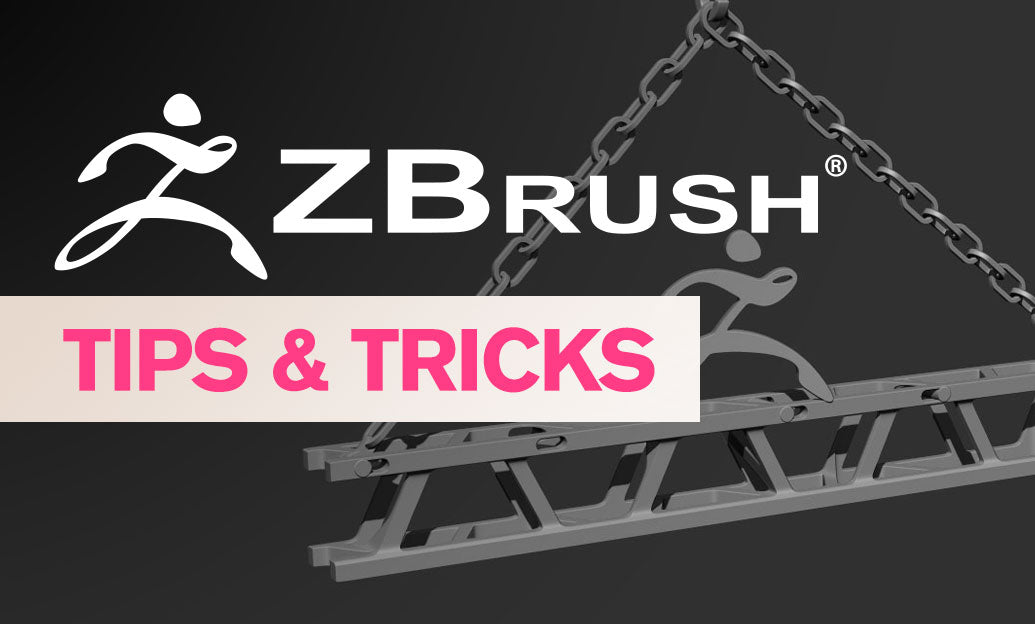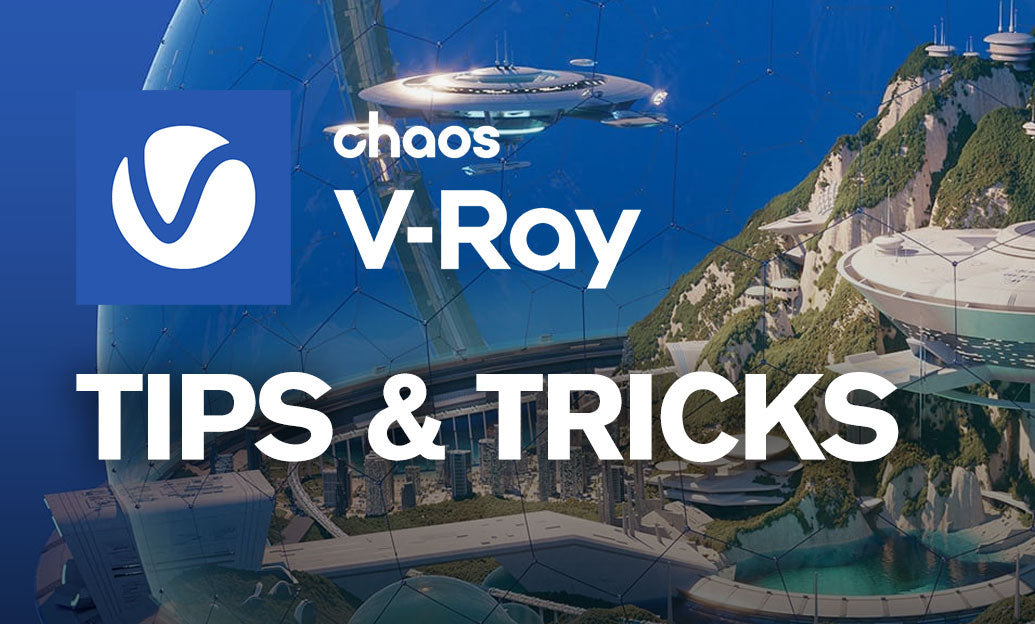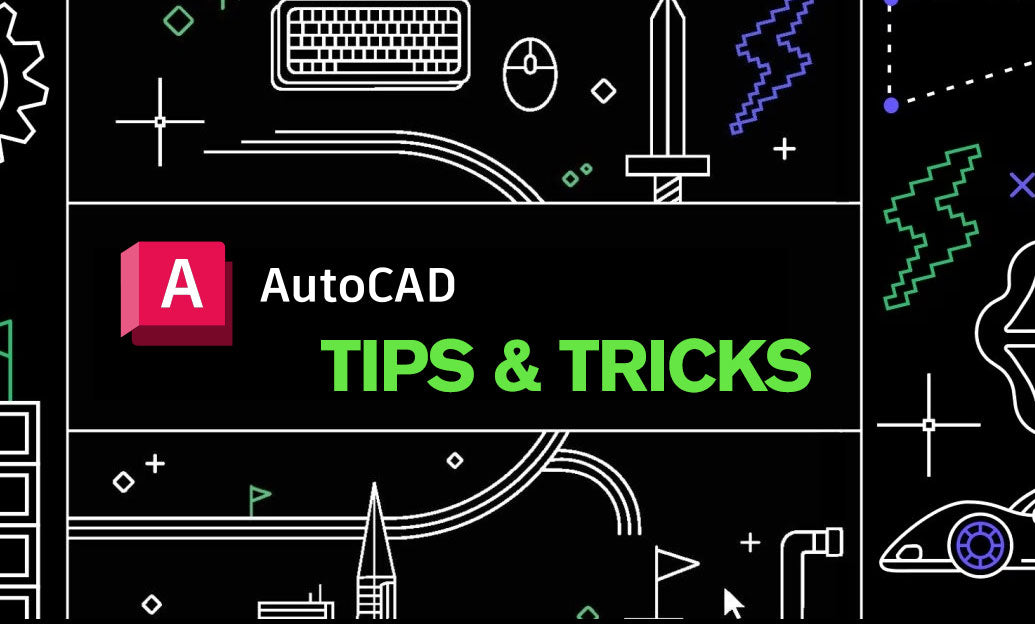Your Cart is Empty
Customer Testimonials
-
"Great customer service. The folks at Novedge were super helpful in navigating a somewhat complicated order including software upgrades and serial numbers in various stages of inactivity. They were friendly and helpful throughout the process.."
Ruben Ruckmark
"Quick & very helpful. We have been using Novedge for years and are very happy with their quick service when we need to make a purchase and excellent support resolving any issues."
Will Woodson
"Scott is the best. He reminds me about subscriptions dates, guides me in the correct direction for updates. He always responds promptly to me. He is literally the reason I continue to work with Novedge and will do so in the future."
Edward Mchugh
"Calvin Lok is “the man”. After my purchase of Sketchup 2021, he called me and provided step-by-step instructions to ease me through difficulties I was having with the setup of my new software."
Mike Borzage
ZBrush Tip: Enhancing Hard Surface Modeling in ZBrush: Expert Tips for Advanced Users
June 28, 2024 2 min read

As an application engineer with experience in ZBrush, I am often asked for advanced techniques to enhance hard surface modeling. Here is a "tip of the day" for users seeking to elevate their skills in this aspect:
- Utilize ZModeler Brush: The ZModeler brush is your go-to tool for hard surface work. It allows for precise control over polygon modeling. Experiment with its various functions like QMesh, Extrude and Inset to create intricate mechanical details.
- Boolean Operations: Take advantage of Live Boolean to add or subtract shapes from your models. This feature enables you to create complex interlocking parts and detailed cutouts that would be time-consuming to sculpt manually.
- Creasing: Define sharp edges with the Crease tool to maintain hard lines when subdividing your model. Use Crease Level in combination with Dynamic Subdivision to control the smoothness of your edges.
- ArrayMesh: For repetitive elements, ArrayMesh is incredibly efficient. It allows you to create an array of instances where you can adjust one to update the entire group. This is perfect for vents, grills, and other repeating hard surface details.
- NanoMesh: Similar to ArrayMesh but with additional control to populate surfaces with tiny intricate objects. NanoMesh is ideal for things like bolts, screws, and small mechanical components.
- Custom Alphas and Stamps: Develop your own alphas or use existing ones to imprint or emboss patterns onto your surfaces. This can simulate high levels of detail without the need to sculpt every feature.
- Hard Surface Brushes: Explore brushes designed for hard surfaces such as Trim, Planar, and HPolish. These can help refine shapes and planes, giving you a crisp finish.
- Polypaint for Previewing: Use Polypaint to preview what different materials and colors would look like on your model. This can help you make decisions about the final look before moving on to texturing and rendering.
- Reference Gathering: Don’t forget the importance of reference images for hard surface modeling. Use Spotlight to project and trace images onto your model for accuracy.
- Topology: Keep an eye on your topology, especially when creating models for animation or games. Use features like ZRemesher or manual retopology with ZModeler to ensure your mesh deforms properly.
For more resources on advanced ZBrush techniques, visit NOVEDGE, where you can find a wide range of tutorials and products to help you master ZBrush and take your hard surface modeling to the next level.
You can find all the ZBrush products on the NOVEDGE web site at this page.
Also in Design News

ZBrush Tip: Enhancing Fabric Sculpting Skills in ZBrush: Tips and Techniques
October 22, 2024 2 min read
Read More
V-Ray Tip: Mastering Subsurface Scattering in V-Ray for Realistic Rendering
October 22, 2024 2 min read
Read More
AutoCAD Tip: Efficiently Integrating PDF Underlays into AutoCAD Workflows
October 22, 2024 2 min read
Read MoreSubscribe
Sign up to get the latest on sales, new releases and more …


